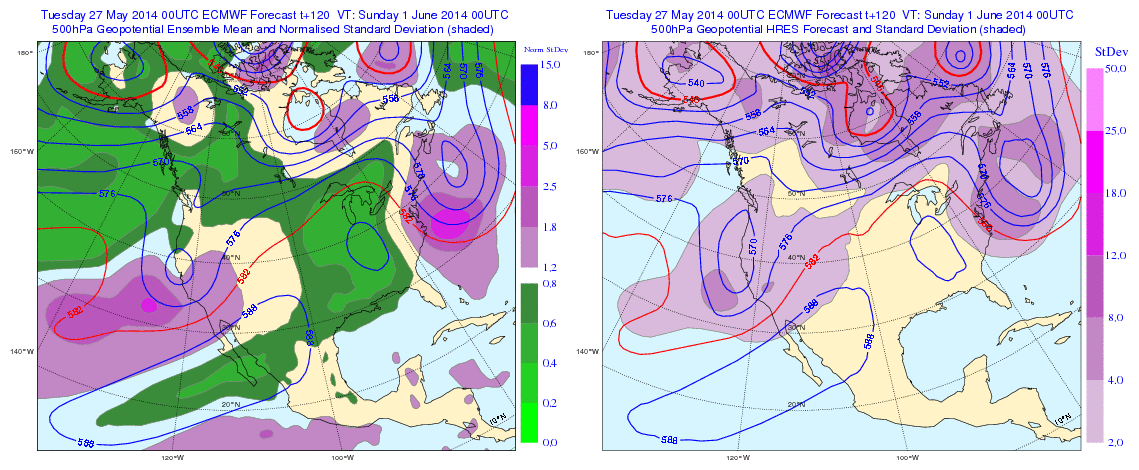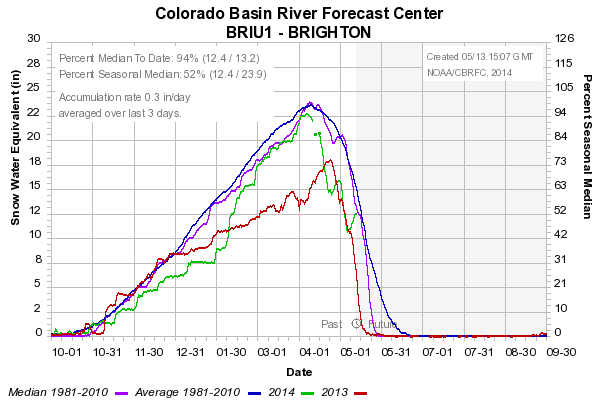As discussed in over the weekend
in the Salt Lake Tribune, Salt Lake City Mayor Ralph Becker is proposing to eliminate city support for July 4 and July 24 (Pioneer Day) fireworks at Liberty and Jordan Parks, suggesting it would be a symbolic measure for combatting poor air quality. Not surprisingly, this has proven to be a controversial proposal, setting off fireworks with the city council.
We have discussed this issue previously, especially after this past New Years Eve when numerous fireworks displays went off despite wide-spread poor air quality. This led to a measurable increase in PM2.5, making a bad air quality episode even worse. Although I am less concerned with summertime fireworks when mixing is typically more vigorous, their impact on air quality has been documented and it would make sense to curtail them in situations where the air quality is degraded and we don't want to add insult to injury.
Below is a repost of the
First Day Fireworks Fiasco post of January 1, 2014, which shows some of the impacts of fireworks on PM2.5.
________________________________________________________________________________
First Day Fireworks Fiasco
Reposted from January 1, 2014
 |
| The gunk remains on New Years Day |
Last night the shows went on as planned with fireworks displays in downtown Salt Lake City, Provo, and Ogden and perhaps elsewhere. I love fireworks, but last night it was totally inappropriate to have these displays. It is well known that fireworks produce large quantities of particulate matter. There is a view that this is only a "temporary problem," and that might be the case on the 4th of July when the atmosphere is more conducive to mixing. Currently, however, we are in an inversion and the particulates from those fireworks are going to contribute to our long term pollution problem, like it or not.
Overnight PM2.5 concentrations show possible evidence of a fireworks pollution spike right after midnight in both Utah and Weber counties. Hourly PM2.5 concentrations in Utah County spiked from about 30 to 50 ug/m3 after midnight. They have settled down a bit, but remain higher than they were yesterday and are now in the unhealthy for sensitive groups category.
 |
| Source: Utah Division of Air Quality |
A similar spike was observed in Weber County, which is now well into the unhealthy for all groups category.
 |
| Source: Utah Division of Air Quality |
The evidence for a spike in Salt Lake County is less clear, but it needs to be noted that the sensor is at Hawthorne Elementary, which is typically upstream of downtown at night. I suspect most of the fireworks pollution was swept over the Great Salt Lake where it will slowly mix with all the other gunk and contribute to our long term pollution woes.
 |
| Source: Utah Division of Air Quality |
Once again, we have met the enemy and it is us. How we can allow for the use of fireworks during such conditions is beyond me. A Salt Lake Tribune article from last 4th of July suggests that
a federal regulations loophole allows it, but I suspect the spirit of that loophole is to allow for a temporary increase in pollution during periods of otherwise good air quality.
In this instance, we are mired in terrible pollution and there is no justification for letting the show go on.



















































